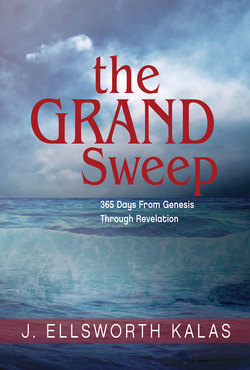Читать книгу The Grand Sweep - Large Print - J. Ellsworth Kalas - Страница 42
На сайте Литреса книга снята с продажи.
Оглавление| EXODUS 27–30 | Week 5, Day 6 |
To read these chapters faithfully and effectively, we have to move a distance into the world of the Jewish people. The altar represented so many things that ancient rabbis made each letter of the Hebrew name for altar the initial of a word, so the four letters would speak of forgiveness, merit, blessing, and life. The horn was a symbol of power and salvation; to take hold of the horns of the altar meant to lay claim on the power of God.
So, too, with the garments of the priests. The twelve stones on the breastplate, bearing the names of the twelve tribes of Israel, signified that the priest was always bearing the people before God in prayer; it is a quality that a parish pastor, at his or her best, would emulate. The priestly anointing was equally specific. Blood, the symbol of life, was touched to the ear of the priest, that it might be consecrated to hear God’s word; to the hand, so he might perform properly the duties of the priesthood; and to the foot, so that he would walk in righteousness (29:20). When he was sprinkled with blood, it reminded the people that atonement can be found for our sins, and when with oil, that there is light and joy in godliness (29:21).
And all of this, in the end, was that they should “know that I am the LORD their God, who brought them out of the land of Egypt that I might dwell among them; I am the LORD their God” (29:46).
PRAYER: May my worship always end, O God, in the recognition that you are the Lord of my life; to your honor. Amen.
In these chapters, blood is often an important factor in worship. List three hymns that include references to the blood of Christ, to the covenant, or to Communion.
